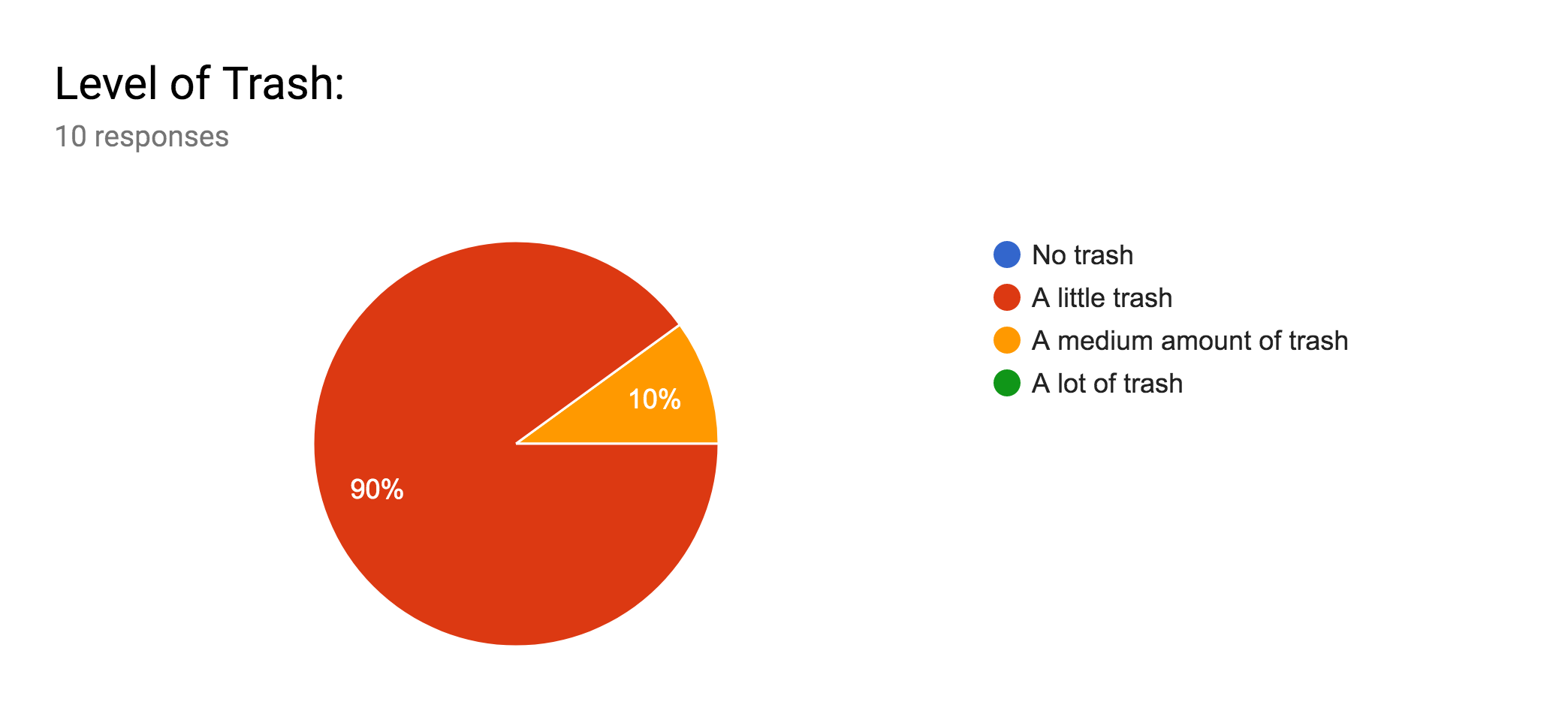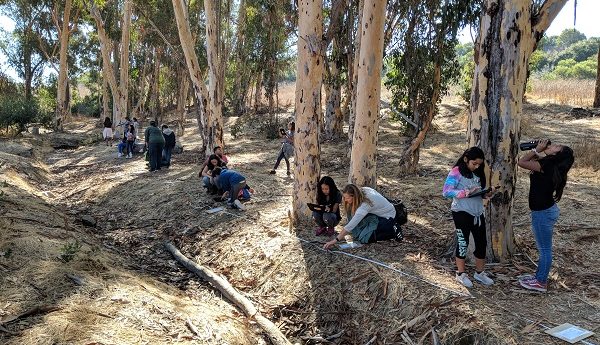Check out this post from Indraneel Kasmalkar, Community Science Fellow on the San Diego, Chollas Creek project:
- We scheduled a trash assessment run for Tuesday Oct 15. There were about 18 elementary school students with us, and the four of us (Kristen, Kirstin, Carly and me). Kristen gave the students school iPads to fill out digital trash assessment surveys.
- We have adopted the trash assessment survey by SWAMP (Surface Water Ambient Monitoring Program, The California State Water Resources Board), and changed it lightly to make it more accessible to elementary school students.
- Before the assessment we had a small powerpoint presentation about objectives and process. We helped students use the iPad and open the survey. And we gave them a practice photo of a creek section with trash to give them a sense of how the survey works.
- We walked around and helped students with their questions – things like, what exactly does dumping mean? Some terms – such as rebar and styrofoam pellets.
- We then walked to the creek. It was about a 20 minute walk along a pathway behind the school that leads to the creek.
- The creek did not have water at this time of the year.
- The students were split into 10 groups (mostly pairs). Each group was given a 10 foot section. We marked the sections using a long measuring tape. Each group then took a photo of their 10 feet section and conducted the trash assessment survey on that section.
- Students are really competent with new-tech tools like iPads. They were on top of things, they knew instinctively how to fill out the form and take photos! We had a checklist for them to make sure they did not forget anything. And everything went smoothly!
- Once all the data was organized via google forms, we could easily make visualizations – This particular portion of the creek was quite clean. So students did not find a lot of trash (see image for an example).
- The activity was very holistic for the students. Before the assessment, we talked about new terms, such as dumping and littering. There was physical exercise (walking to the creek). The kids were introduced to their neighborhood creek. And the kids worked in teams to conduct a scientific survey with guidance from the SWAMP program.


